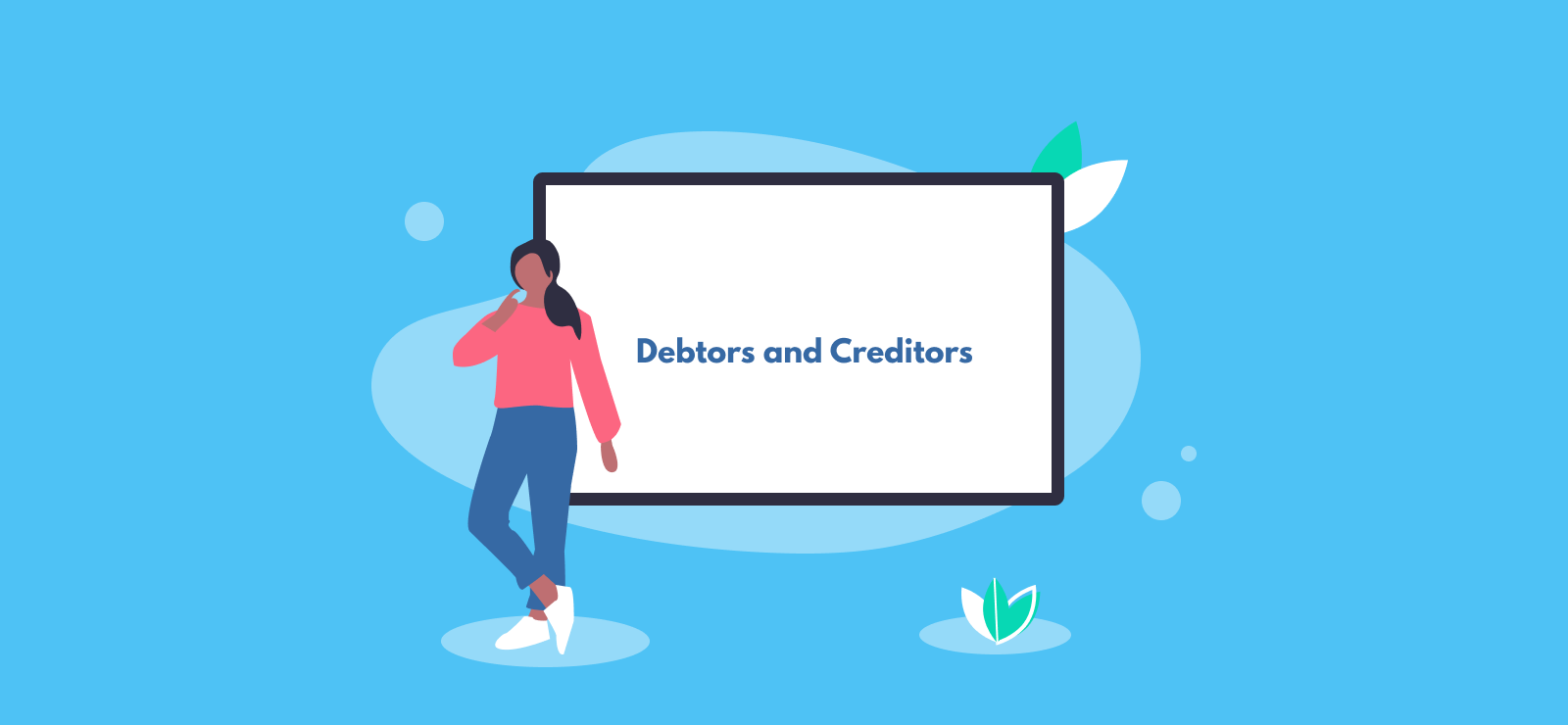

Understanding Accountancy Terms: Debtors and Creditors
Our series of blogs around your frequently asked accounting and bookkeeping questions are part of our business guides and video resources. They’re available to anyone who needs a bit of help getting to grips with accounting terms and practices, as well as providing more information about online accountancy services. In this article we’re talking about debtors and creditors, what these terms mean, and why they might appear in your bookkeeping.
What are debtors and creditors?
If you owe money to a person or business for goods or services that they have provided, then they are a creditor. Looking at this from the other side, a person who owes money is a debtor.
Why are debtors on a balance sheet?
A customer invoice counts as income at the point that it’s raised, even before it’s been paid, so you should still show them on your balance sheet. Your debtors, also known as receivables, represent those unpaid customer invoices, but they’re still considered to be income because the sale has been made.
It’s important that a business also looks at debtors as an aged debtor report. This shows how much money is owed, and since when. This gives you an opportunity to follow up on the late payment, so you have a better chance of recovering the money from your customer.
If you’re unlikely to recover an old debt, it becomes ‘bad debt’ which may need to be written off. A business might have a very healthy looking income, but there can be problems making financial decisions based on that income if it’s never actually going to be received.
Why should your business keep track of its creditors?
Recording creditors (also known as payables) in your bookkeeping will help your business keep track of how much money is owed against any income.
In accounting terms, creditors are a ‘liability‘. This is an amount that you’re liable for, and must pay as the result of a previous agreement.
A creditor might show on the company’s balance sheet as a current liability (due for payment within a year), or a long term liability (due after a year or more). This can be useful for financial planning, so that income can be put aside for future liabilities.
What do creditors and debtors mean for cashflow?
Cashflow is, quite literally, the flow of cash through your business. Ideally a business always has the funds available to pay its debts, staff and suppliers on time. Things get awkward pretty quickly if this isn’t the case!
Keeping track of your debtors is essential for making sure you get paid correctly and on time. Likewise, getting this money into the business will help you pay your own creditors within their payment terms.
Learn more about our online accounting services for businesses. Call 020 3355 4047 to chat to the team, and get an instant online quote.
Want to learn more?
Subscribe to our newsletter to get accounting tips like this right to your inbox

Read more posts...

The Accountancy Partnership – Our Positive Reviews
18th November 2024Here at The Accountancy Partnership, we’re proud of our customer reviews The reviews we receive from our customers show how hard we…
Read More
What’s the Most Tax Efficient Director’s Salary?
8th November 2024As a director you’re legally separate from your limited company even if you’re also the owner. This means you’re not allowed to…
Read More
What’s the Difference Between the National Living Wage and the National Minimum Wage?
7th November 2024The National Living Wage (NLW), the National Minimum Wage (NMW), and the Living Wage all sound confusingly similar, so understanding how they…
Read MoreConfirm Transactions
The number of monthly transactions you have entered based on your turnover seem high. A transaction is one bookkeeping entry such as a sale, purchase, payment or receipt. Are you sure this is correct?
Please contact our sales team if you’re unsure
VAT Returns
It is unlikely you will need this service, unless you are voluntarily registered for VAT.
Are you sure this is correct?
Call us on 020 3355 4047 if you’re not sure.
Bookkeeping
You will receive our bookkeeping software Pandle for free, as part of your package.
You can use this to complete your own bookkeeping, or we can provide a quote to complete your bookkeeping for you.
Please select and option below:
Call us on 020 3355 4047 if you’re not sure.


This content was helpful